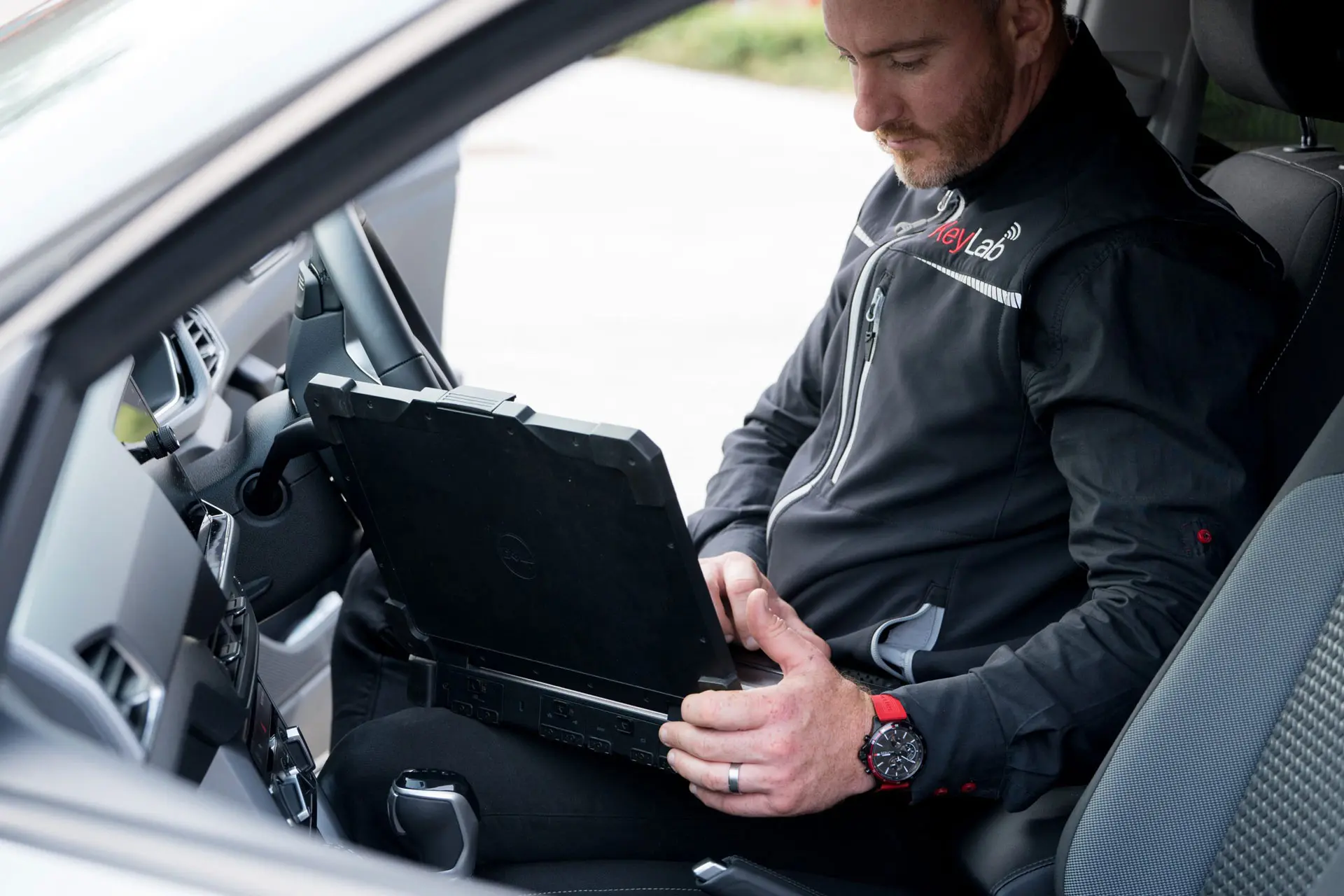Car Key Jammed: Causes, Solutions, and Preventive Measures
A car key jammed in the ignition is a common problem dealt with by vehicle owners. The frustration typically escalates when individuals are pushed for time or need instant access to their vehicle. This short article intends to supply thorough assistance on understanding the causes behind a jammed key, prospective solutions to resolve the concern, and preventive measures to avoid recurrence in the future.
Comprehending the Causes of a Jammed Car Key
A car key may end up being jammed in the ignition for various reasons. Some of these causes include:
| Cause | Description |
|---|---|
| Worn-out Key | A key that has actually become worn could have a hard time to fit effectively within the ignition. |
| Ignition Cylinder Issues | Dirt, debris, or damage within the ignition cylinder can obstruct the key. |
| Guiding Wheel Lock | If the guiding wheel is locked, it can prevent the key from turning or being gotten rid of. |
| Electrical System Malfunction | Defective electrical connections or concerns with the ignition switch can trigger issues. |
| Winter | Exceptionally low temperatures can trigger condensation to freeze within the ignition system. |
Identifying the Problem
Before applying any solutions, it is crucial to diagnose the issue clearly. The following list can assist in identifying the underlying issue:
- Check the Steering Wheel: If the steering wheel is locked, gently turn it while trying to eliminate the key.
- Examine the Key: Examine the key for indications of wear and tear, or flexing which may inhibit proper functionality.
- Examine the Ignition Cylinder: Look for noticeable particles or internal breakdowns that might be causing the jam.
- Temperature Check: Consider the environment conditions. Is keyless entry repair , which could affect ignition functionality?
Solutions for a Jammed Car Key
As soon as the origin has been established, a number of solutions can be used to resolve the jammed key concern.
Immediate Solutions
- Mild Wiggling: Attempt to carefully wiggle the key while attempting to turn or pull it out. Prevent utilizing excessive force to avoid damage.
- Lubrication: Applying a little quantity of graphite or silicone lubricant can help loosen a stuck key. Spray or insert it into the ignition cylinder carefully.
- Usage Pliers: If the key's head is available, using pliers may supply the required grip to pull the key out without much force.
- Battery Disconnect: If the key is stubbornly stuck, detaching the vehicle battery for a few minutes may reset the electrical components.
Long-term Solutions
If the issue persists or reoccurs frequently, think about the following actions:
- Key Replacement: If the key is broken, it may be needed to change it. Visit a locksmith or your car dealership for a brand-new key.
- Ignition Cylinder Replacement: In cases of extreme damage or regular jams, replacing the ignition cylinder itself might be required.
- Professional Assessment: When DIY attempts fail, seeking assistance from a professional mechanic is a good idea. They can detect and repair deeper problems within the car's ignition or electrical system.
| Service | When to Use |
|---|---|
| Gentle Wiggling | When the key is somewhat stuck however appears functional. |
| Lubrication | If the ignition appears unclean or the key is difficult to turn. |
| Use Pliers | When the key head is accessible and there's a visible grip. |
| Expert Assessment | When all DIY indicates fail or when deeper mechanical/electrical issues are thought. |
Preventive Measures
To prevent prospective concerns in the future, vehicle owners can utilize several preventative methods:
- Regular Maintenance: Schedule regular evaluations of your vehicle's ignition system to guarantee everything is working optimally.
- Key Care: Handle car keys with care, preventing dropping them or exposing them to moisture and extreme chemicals.
- Temperature Management: Protect the car from extreme weather conditions whenever possible. Consider using a garage for parking during extreme cold or heat.
- Routine Lubrication: Regularly apply lubricants to the ignition cylinder and key, assisting avoid dust accumulation and ensuring smoother operation.
Regularly Asked Questions (FAQs)
Q1: Can I utilize oil to lubricate my car key or ignition?
A1: It is not a good idea to use oil, as it can attract dirt and particles. Rather, utilize dry silicone or graphite-based lubes.
Q2: What should I do if my key breaks off in the ignition?
A2: If a key breaks off, do not attempt to get rid of the broken piece yourself. Seek help from an expert locksmith or mechanic.
Q3: Is it safe to use excessive force to try and eliminate a jammed key?
A3: No, using extreme force can harm the ignition cylinder or the key, leading to more considerable concerns and potentially costing more in repairs.
Q4: How can I tell if my ignition cylinder requires to be replaced?
A4: If you regularly experience key jamming, problem in turning the key, or relentless electrical problems in starting the vehicle, it may be time for a replacement.
A jammed car key can be a troublesome and frustrating circumstance for any vehicle owner. By understanding the underlying causes, implementing the ideal solutions, and embracing preventive steps, individuals can alleviate the probability of facing this problem in the future. When all else stops working, looking for expert support makes sure that the problem is efficiently solved, enabling you to return to carefree driving.

